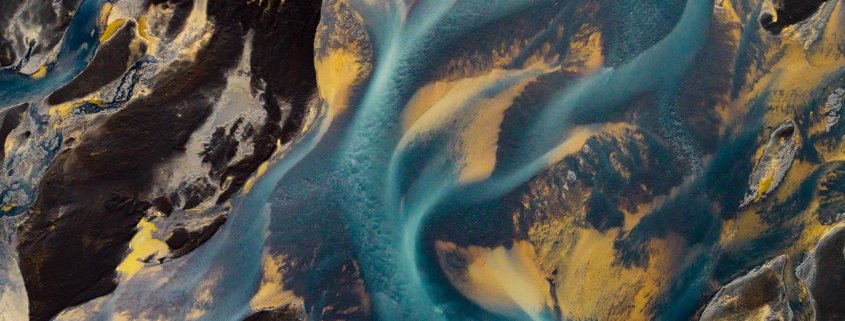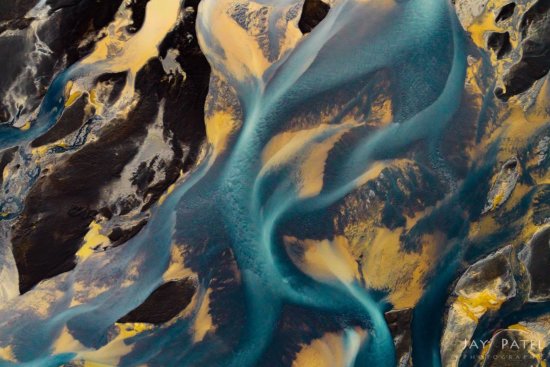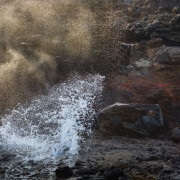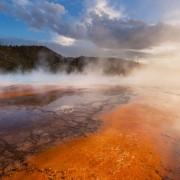When to use Auto ISO Setting for Nature Photography
When you are learning nature photography, you are encouraged to leave Auto and Program modes behind and learn how to adjust exposure with semi-automatic modes like shutter priority or aperture priority. And that is good advice because it gives you some measure of control over the exposure settings. After spending several years in aperture priority mode, I finally moved to manual exposure control. I have shot manual mode for the past seven years with very rare exception. Having control over both aperture and shutter speed allows me to use them for the creative effects that they bring. However, recently I’ve started using a semi-automatic mode that you won’t find on the dial on top of your camera. It combines the benefits of manual exposure control and the speed and ease of use of aperture or shutter priority modes. I’m talking about Auto ISO.
Auto ISO Setup on Cameras
To set this up on you camera, go to manual mode on the dial and then select auto on the ISO setting. This allows you to choose both the aperture and the shutter speed and the camera meters the scene and chooses an appropriate ISO.
So why am I so enthusiastic about Auto ISO Setting? This camera mode allows me to have total creative control over the camera settings that influence the final appearance of my image. I determine what aperture will give me my desired depth of field; I then set the shutter speed depending on the conditions and my vision for the finished nature photo. The camera does the rest of the work – metering for exposure and setting an ISO that it deems appropriate. If I need to tweak the camera’s chosen ISO, I can use exposure compensation (available in Auto ISO on most recent cameras).
There are two situations where I find Auto ISO Setting to be extremely useful.
Auto ISO Setting for Quickly Changing Light
The first is when the light is changing quickly and the subject is moving. Because the subject is moving and I usually desire sharpness, I need to ensure that my shutter speed is high enough to freeze the subject. And, since I don’t want my aperture moving about, I manually set both aperture and shutter speed. If I’m using full manual, I need to be conscious of the changing light and adjust the ISO as needed. It is so much easier to let the camera choose the ISO. I’m freed up to concentrate on composition and trying to capture that decisive, often elusive moment.
The following photograph is a good example of the situation that I just described. I was photographing loons on a lake in northern Minnesota at dusk. The light was beautiful and golden but gradually dimming. I knew the shot I was hoping to get and I would likely only have one chance to get it right before it got too dark!
So, I set my aperture to f8 and my shutter speed to 1/1000 second. This would give me enough depth of field and freeze the motion of the bird. By letting the camera choose the ISO, I could watch the behavior of the loon and could anticipate when it would do the wing flap that I was hoping to capture. Because I didn’t have to worry about adjusting the ISO, I was able to capture an image at the peak decisive moment!
Using Auto ISO Setting When Rapidly Changing Shutter Speeds
The other situation that greatly benefits from Auto ISO setting is when I’m taking multiple shots with different shutter speeds. I often speak of “gathering assets” while in the field. For example, I like to shoot scenes with moving water at several different shutter speeds. This way, I can choose the one I like best when I’m back home. I don’t like to leave a location until I have everything I need to create the image I am visualizing in post production.
Using a tripod, I choose the aperture for depth of field. I then take multiple shots, each with a slightly slower shutter speed. With different levels of water blur, I can choose what I like best when I get home. By using Auto ISO setting, I only change the SS. This allows me to get my shots quickly while the light stays constant, all the while recording an equivalent exposure! I would rather concentrate on being creative instead of balancing SS and ISO.

Using Auto ISO to capture shots with different shutter speed – Middle Prong of the Little River, GSMNP by Jane Palmer
This image of a beautiful stream in the Great Smoky Mountains is a good example of the value of Auto ISO. The stream was flowing nicely after a rain that morning, the sky was clearing but still overcast. There was a gentle breeze moving the leaves about. How did I handle all these variables? I chose an aperture of f11 to ensure sufficient depth of field. I took multiple shots at various SS, starting with a fast shutter speed to capture sharp leaves that were moving in the breeze. For a different effect, I reduced the SS to blur the water as it flowed over the rocks. Because the camera chose the ISO, I could concentrate on technique and getting my shots before the sky brightened. I left the stream knowing that I had all the assets I needed to create a winning photograph.
I am careful to monitor the histogram when using any semi-automatic mode and Auto ISO setting is no different. If the camera is choosing an ISO that is allowing too bright or dark an exposure, I use exposure compensation to tweak the ISO.
So next time don’t hesitate to give Auto ISO setting a try for your nature photography. It combines the convenience of a semi-automatic mode while allowing you to choose the aperture and shutter speed. In situations of changing light or when you are shooting multiple images in quick succession with different shutter speeds, you might find Auto ISO to be a very useful camera mode.











